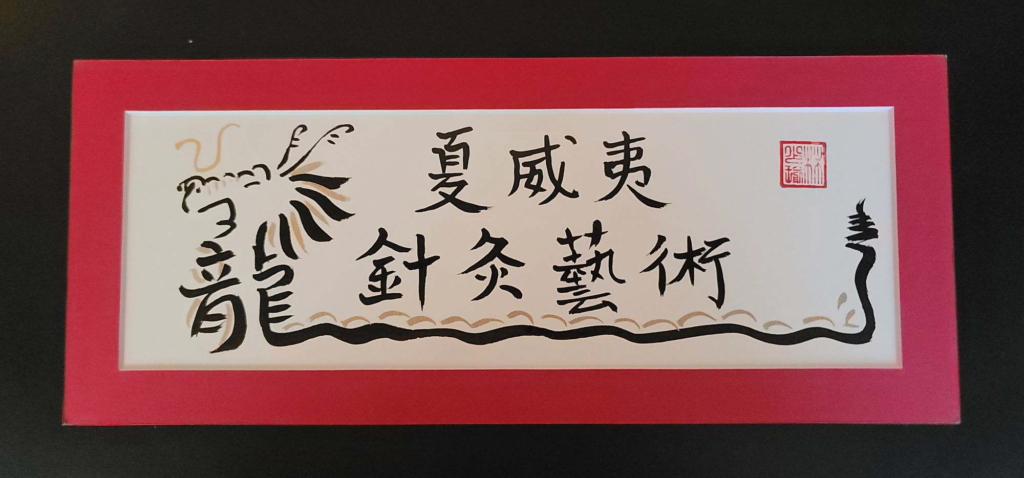
Happy Lunar New Year!
It’s the year of the Dragon and we are celebrating with a New Year Special: Receive 20% OFF Any Service / Treatment for New & Existing Patients
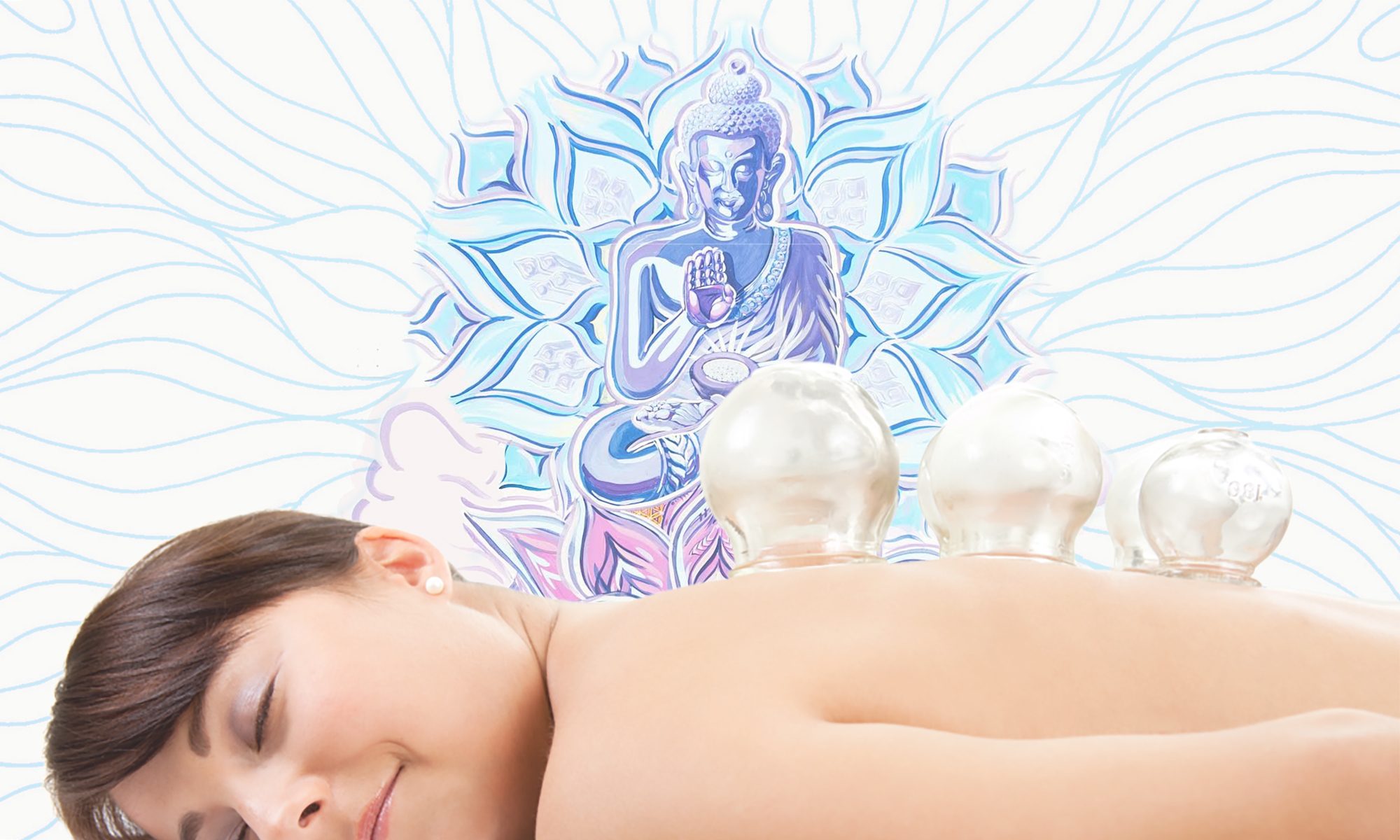
Traditional Chinese Medicine, Acupuncture & Herb Clinic | Honolulu, Hawaii
At Acupuncture Arts Hawaii we know times are hard and it’s even harder to take care of yourself in these hard times. We are now offering Free and Donation Based Community Acupuncture.
Patients sit in a room as a group and receive auricular (ear) acupuncture. Patients are asked to donate what they can. Suggested donations are $25-$50, however no patients will be turned away for not being able to pay.
Auricular acupuncture is good for conditions like Addiction, PTSD, Stress, Anxiety, High Blood Pressure, Mental Health and Insomnia. Sessions are 45minutes to 1 Hour long.
Call to Book today: 808.781.4920
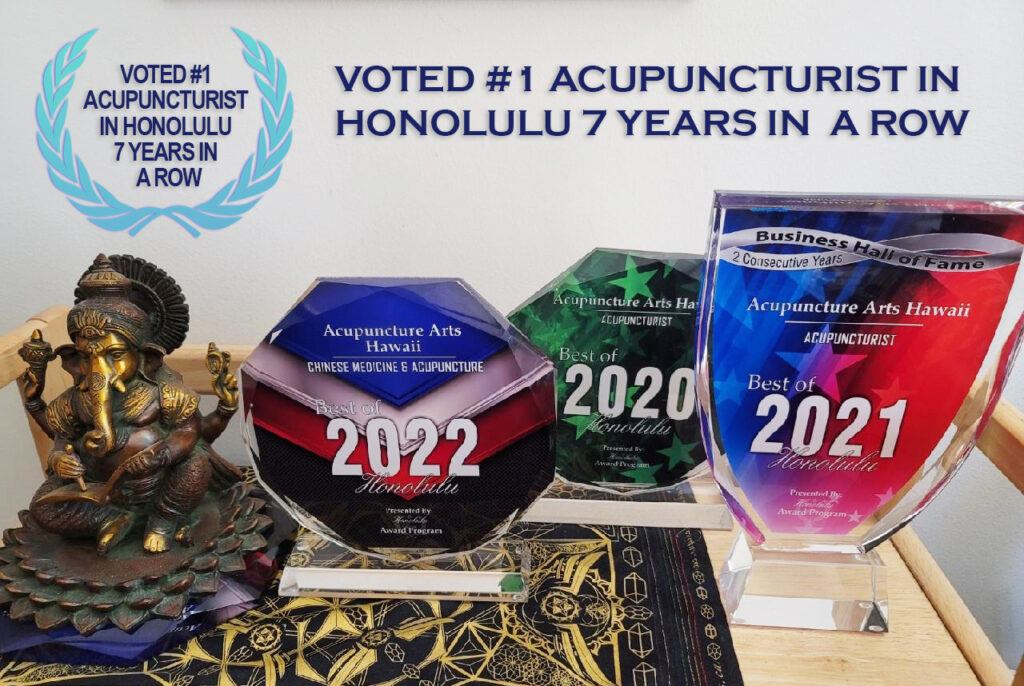
Acupuncture can relieve wrist pain, and researchers have tracked the brain and nervous system changes that may help explain why.
Scientists randomized 80 people with mild or moderate carpal tunnel syndrome — pain caused by nerve compression at the wrist — to one of three groups. The first received acupuncture at the wrist and ankle. The second got acupuncture at the wrist alone. And the third received sham acupuncture, using “fake” needles near the affected wrist, as a placebo. Using functional M.R.I. and nerve conduction tests before and after the procedures, they measured the effect on brain and nerves.
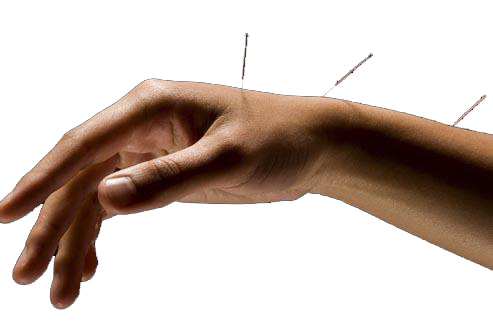 All three groups found relief from pain, but both of the true acupuncture groups showed measurable physiological improvements in pain centers in the brain and nerves, while sham acupuncture did not produce such changes. Improvement in brain measures predicted greater pain relief three months after the tests, a long-term effect that placebo did not provide. The study is in Brain.
All three groups found relief from pain, but both of the true acupuncture groups showed measurable physiological improvements in pain centers in the brain and nerves, while sham acupuncture did not produce such changes. Improvement in brain measures predicted greater pain relief three months after the tests, a long-term effect that placebo did not provide. The study is in Brain.
“What’s really interesting here is that we’re evaluating acupuncture using objective outcomes,” said the senior author, Vitaly Napadow, a researcher at Harvard. Sham acupuncture was good at relieving pain temporarily, he said, but true acupuncture had objective physiological — and enduring — effects.
“Acupuncture is a safe, low-risk, low side-effect intervention,” he continued. “It’s perfect for a first-line approach, and it’s something patients should consider before trying more invasive procedures like surgery.
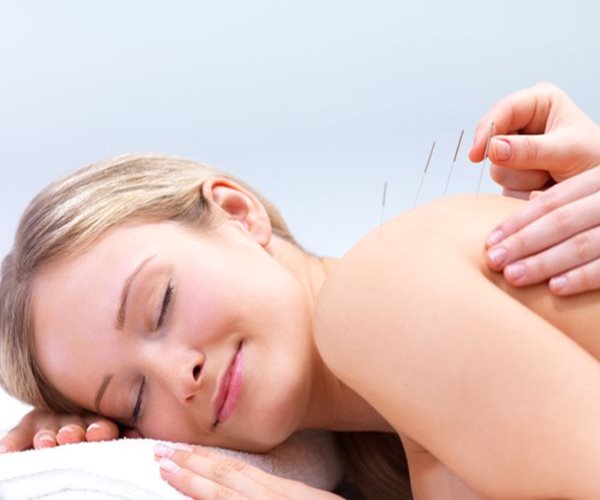 For people with a certain type of migraine headache, regular acupuncture treatments may help reduce the frequency of these debilitating attacks, a recent study from China suggests.
For people with a certain type of migraine headache, regular acupuncture treatments may help reduce the frequency of these debilitating attacks, a recent study from China suggests.
Patients who suffered migraines without aura, and who received five true acupuncture treatments per week for four consecutive weeks had about one less headache per month than similar patients who got the same number of sham acupuncture treatments, researchers report.
“Acupuncture should be considered as one option for migraine prophylaxis in light of our findings,” the authors write in JAMA Internal Medicine.
About 18 percent of women and 6 percent of men in the U.S. suffer from migraine headaches in a given year, according to a 2001 study, making the condition a leading cause of disability.
Acupuncture is commonly used to treat migraines in China, however, studies of whether it works for migraine prevention have been inconsistent, the study team notes.
Ling Zhao of Chengdu University of Traditional Chinese Medicine in Sichuan, China, and colleagues recruited 249 adults who had an average of two to eight migraines without aura per month from three clinical centers in China.
For the study, participants kept track of their migraine headache frequency and severity for four weeks before being randomly assigned to receive true acupuncture treatment, sham acupuncture treatment or to be put on a waiting list for treatment.
People in both the true and sham acupuncture groups received 20 treatments with acupuncture needles and electrical stimulation, each lasting thirty minutes.
The true acupuncture group was treated at four acupuncture points thought to affect headaches and with enough electrical stimulation to elicit a “Deqi” sensation, which includes “soreness, numbness, distention or radiation that indicated effective needling,” according to the authors.
For the sham treatment, the needles were placed in areas not known to be acupuncture points and the deqi sensation wasn’t induced.
At 16 weeks, the number of migraines reported in the true acupuncture group fell by about three attacks per month, while people in the sham acupuncture group had two fewer attacks per month.
Among the study’s limitations, about 20 percent of the participants had previous experience with acupuncture, and it’s not known how many may have been able to guess whether their treatments were real or sham.
“Placebo response is strong in migraine treatment studies, and it is possible that the Deqi sensation . . . that was elicited in the true acupuncture group could have led to a higher degree of placebo response because there was no attempt made to elicit the Deqi sensation in the sham acupuncture group,” Dr. Amy Gelfand writes in an accompanying editorial.
Gelfand, a neurologist at the University of California, San Francisco, told Reuters Health that the placebo effect is interesting and important, especially in migraine studies, but she thinks about it differently as a researcher and as a clinician.
“When I’m a researcher, placebo response is kind of a troublesome thing, because it makes it difficult to separate signal from noise,” she said. But when she’s thinking as a doctor about the patient in front of her, placebo response is welcome, Gelfand said.
“You know, what I really want is my patient to feel better, and to be improved and not be in pain. So, as long as something is safe, even if it’s working through a placebo mechanism, it may still be something that some patients might want to use,” she said.
When a patient is interested in a treatment that may have a strong placebo effect, Gelfand added, “There’s a real checklist in my head, with safety being the first thing; and if it seems like it’s safe then I think about things like cost, because often these things are not going to be covered by insurance, but to a certain extent that’s the patient’s decision; and I think about time, because these treatments can be time-consuming.”
It’s a good idea to keep your doctor informed of any treatments that you’re using, be they over-the-counter supplements or non-pharmacologic behavioral treatments, she said.
“I think that that’s part of the picture, and as a provider, I like to know about all of those things. If for no other reason than it just helps me understand what kind of treatments my patient values and is looking for,” Gelfand said.
http://www.newsmax.com/t/health/article/775313?ns_mail_uid=58186744&ns_mail_job=1714212_02262017&s=al&dkt_nbr=ydnurkei%C2%A7ion&keywords=acupuncture-prevent-migraines&year=2017&month=02&date=23&id=775313&aliaspath=%2FHealth%2FArticle%2FArticleTemplate&oref=news.newsmax.com
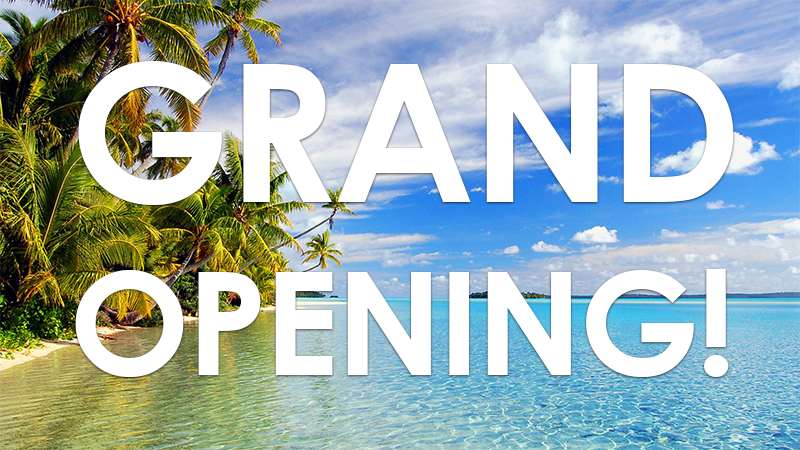
Come help us celebrate our official Grand Opening Celebration for our new non-profit 501c3 ‘Aloha Health Collective’. Which features Acupuncture Arts & Align DaKine with Dr. Kevin Cabriales. We will be having an all day meet and greet for the community and surrounding businesses to share our vision of making Holistic medicine accessible to everyone. Come check out our brand new Penthouse clinic, get free consultations. Free community style Acupuncture.
We will also be doing a raffle of gift certificates for free, and half off treatments & other healthful goodies. Drinks and pupus at 5. Pot luck style welcome. Lantern Floating ceremony/blessing at 7pm.
Friday September 30, 2016 – 5-8pm
Aloha Collective / Acupunctures Arts Hawaii
1136 Bishop St, 9th Floor, Penthouse 1B
Honolulu, Hawaii 96813